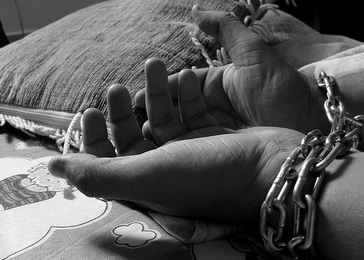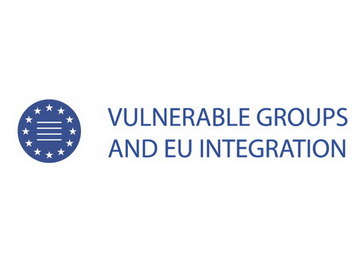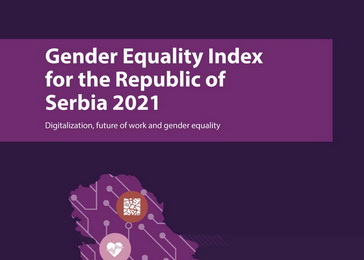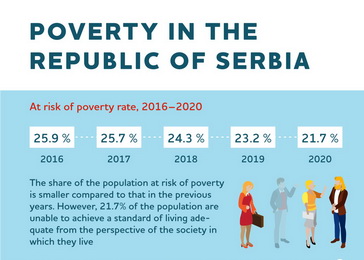 The European Commission adopted the first report on progress in combating human trafficking. The report sets out trends and challenges in dealing with trafficking, analysing the progress achieved to date, and emphasizing priorities for future action by the EU and its member states. The conclusion is that despite the progress that was made, EU member states must intensify efforts towards efficient combating of human trafficking.
The European Commission adopted the first report on progress in combating human trafficking. The report sets out trends and challenges in dealing with trafficking, analysing the progress achieved to date, and emphasizing priorities for future action by the EU and its member states. The conclusion is that despite the progress that was made, EU member states must intensify efforts towards efficient combating of human trafficking.
The report states that during 2013-2014 there were 15,486 victims of human trafficking registered in the EU, of all ages and genders. However, considering the complexity of reporting on this phenomenon, the real number of victims is likely to be considerably higher than that registered by authorities in various countries. Human trafficking for sexual exploitation is the most widespread form of trafficking (67% of registered victims), followed by trafficking with the aim of labour exploitation (21%). Over three quarters of known human trafficking victims are women (76%), while at least 15% of the victims are children. A significant increase in the number of children is noted among victims of traffickers, along with persons with disabilities and Roma persons. The report notes links between human trafficking and other forms of crime and exploitation affecting members of the most vulnerable social groups, in the context of the current refugee crisis, as well as the increasing use of the internet and new technologies for finding victims.
The European Commission states it will continue its coordinated and consistent response to the human trafficking issue. The Commission will publish two reports by the end of this year, along with a Strategy for Combating Human Trafficking for the period after 2016. One of the key priorities will be the protection of children moving along the refugee route through Europe. The Commission will pay particular attention during the upcoming reform of the Common European Asylum System to underage persons travelling alone, representing an extremely vulnerable group.
The Commission report can be found in its entirety here.
Source: Network for European Women’s Lobby
 Government of the Republic of Serbia
Government of the Republic of Serbia















 pdf [271 KB]
pdf [271 KB]
Leave a Comment